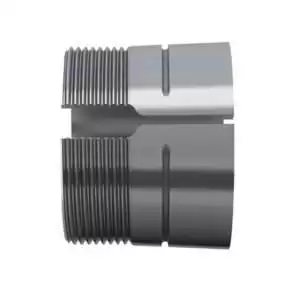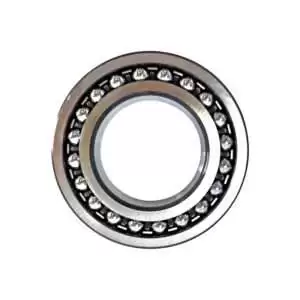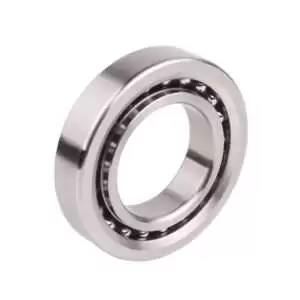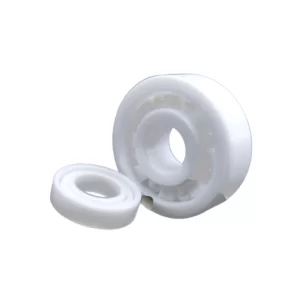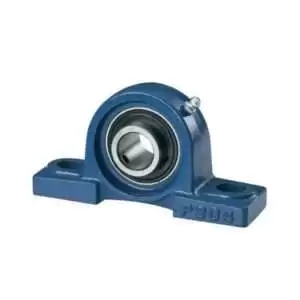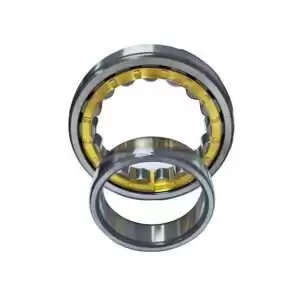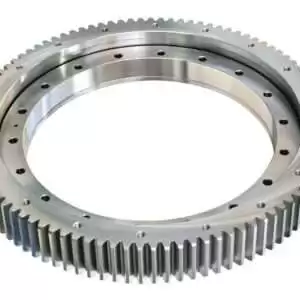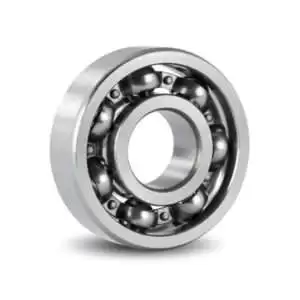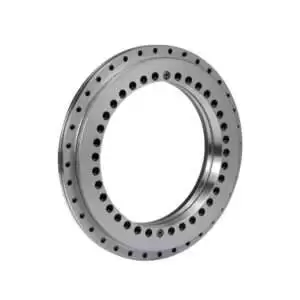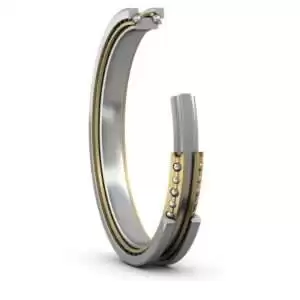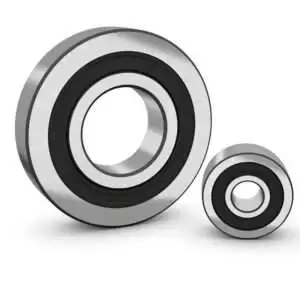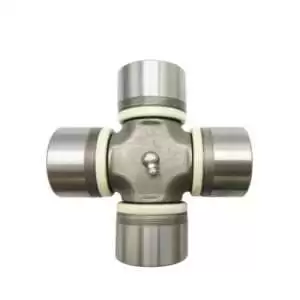Categories
-
Adapter Sleeves (9)
-
Ball Bearings (11)
-
Ball Screw Bearings (2)
-
Ceramic Bearings (27)
-
Pillow Block Bearings (4)
-
Plain Bearings (32)
-
Roller Bearings (12)
-
Slewing Bearings (43)
-
Sliding Block (3)
-
Stainless Steel Bearings (27)
-
Super Precision Bearings (6)
-
Thin Section Bearings (9)
-
Track Rollers (4)
-
Universal Joints (1)
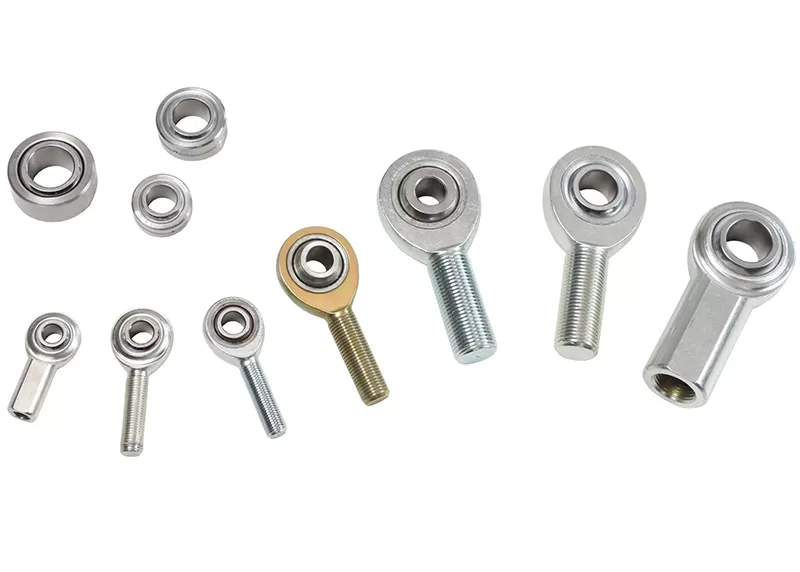
Introduction
Rod ends play a crucial role in mechanical systems, acting as pivot points for various types of motion and helping to transmit loads efficiently. Without these components, many machines and vehicles wouldn't function smoothly. Proper lubrication is vital for rod ends to reduce friction and wear, ensuring they last longer and perform reliably. Good lubrication prevents corrosion and minimizes the chances of unexpected breakdowns, saving time and money on repairs. So, keeping rod ends well-lubricated isn't just a good practice—it's essential for maintaining the health and efficiency of any mechanical system.
Understanding Rod Ends
Rod ends, also known as heim joints or spherical rod ends, are mechanical articulating joints used in various applications to allow for angular misalignment. They consist of a ball swivel with an integrated shank, which is designed to provide a smooth pivoting motion between connected parts. These components are commonly found in automotive, aerospace, and industrial machinery where they help transmit motion and load in a controlled manner.
There are different types of rod ends, including male and female threads, and they can be made from various materials like stainless steel, carbon steel, and aluminum, each suited for specific environments and load requirements. Understanding the specific type of rod end required for your application is crucial, as the wrong choice can lead to premature wear or failure. By knowing how rod ends work and selecting the appropriate type, you can ensure the longevity and efficiency of your mechanical systems.
Factors Affecting Rod End Wear
Several factors can significantly impact the wear and longevity of rod ends. First, load and stress conditions play a major role. Rod ends subjected to higher loads or frequent directional changes tend to wear out faster due to increased friction and mechanical stress. Second, environmental factors such as dust, dirt, and moisture can lead to corrosion and abrasion, accelerating wear. Operating in harsh environments without adequate protection can drastically shorten the lifespan of rod ends.
Temperature variation is another critical factor. Extreme temperatures, whether hot or cold, can affect the material properties of rod ends, causing them to expand, contract, or become brittle. This can lead to premature failure if the rod ends are not designed to withstand such conditions. Additionally, inadequate or improper lubrication can exacerbate these issues by failing to reduce friction effectively or by allowing contaminants to build up.
By understanding and mitigating these factors, such as choosing the right materials, ensuring proper lubrication, and protecting against environmental hazards, you can significantly extend the operational life of rod ends and maintain the efficiency of your mechanical systems.
Importance of Lubrication
- Role in Minimizing Friction
By applying a lubricant between moving surfaces, you create a protective film that reduces direct contact and friction, allowing for smoother operation. This friction reduction not only helps in preserving the integrity of the rod ends but also contributes to overall system efficiency. Without proper lubrication, friction can increase, leading to accelerated wear and potential damage to the components. It’s like oiling a squeaky door hinge—adding lubrication helps everything move more smoothly and quietly. So, ensuring adequate lubrication of rod ends is essential for maintaining optimal performance and extending their operational life in any mechanical system.
- Prevention of Corrosion
Low porosity clay bricks are made of low aluminum mullite as the main raw material, formed by high pressure molding and high temperature sintering. The main mineral composition is mullite phase, the product has excellent high temperature physical properties and chemical erosion resistance.
Low porosity clay brick stability is good, the degree of erosion does not occur sudden change, than ordinary clay brick life increased by 2 to 3 times. Thermal conductivity, specific heat and solubility, respectively, than ordinary clay bricks 2 times higher than 10% and 40%, heat storage capacity than ordinary clay bricks 50% to 60% higher than the thermal efficiency of the kiln can be improved.
Low porosity clay bricks are characterized by:
1. Low porosity, 13 to 15%;
2. Load softening temperature is high for about 1472 ℃;
3. High compressive strength at room temperature, generally about 100MPa;
4. Good volume stability at high temperature and good abrasion resistance;
5. good resistance to infiltration and erosion.
Low porosity clay brick as a good clay refractory brick products, so often used in chemical erosion, temperature fluctuations in the environment, such as steel, glass, chemical industry. The effect is quite obvious in the use of glass hot room and the use of iron water tank.Suitable for Plugging Oven Holes,Clogging Refractory Clay Bricks,Clogging Refractory Clay Brick
Huixian Xinwei Refractories Co. , https://www.xinweirefractory.com
